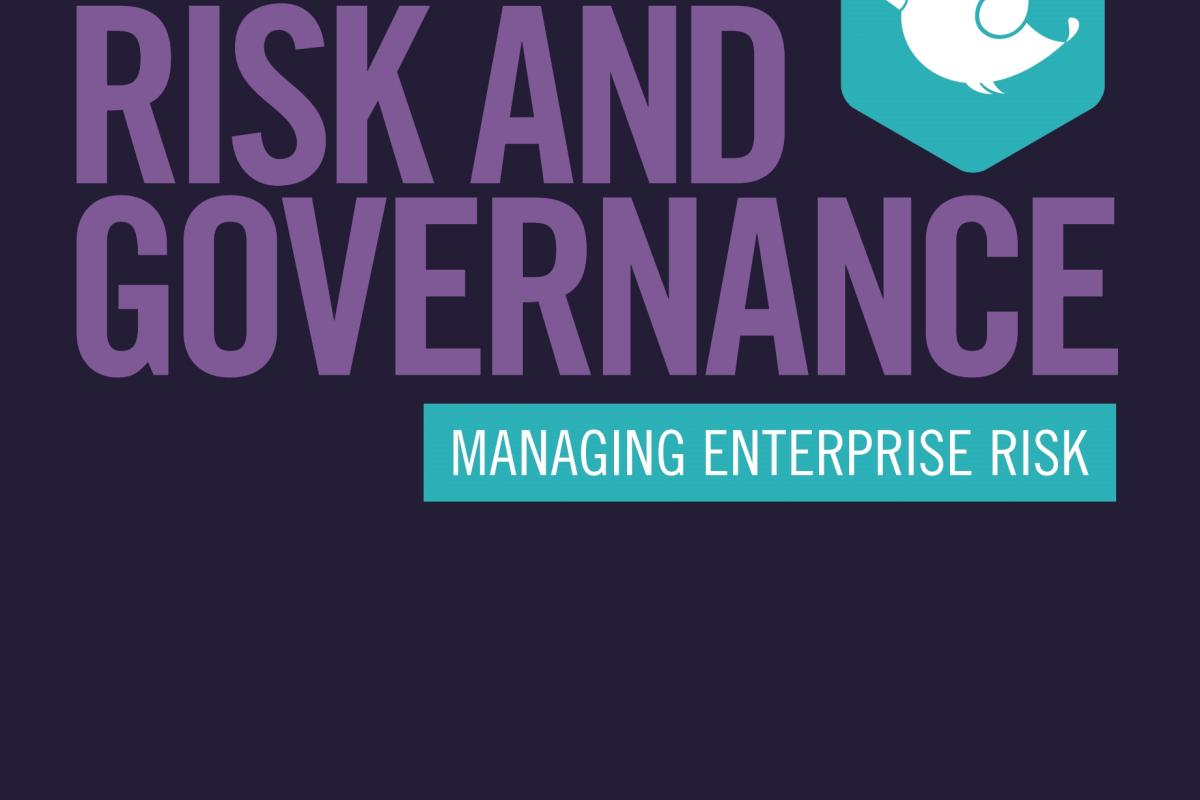Social Media has witnessed exponential growth in recent times as a form of external and internal communication for companies.
There are various benefits that a company can gain from using social media which we all know about but what can often be forgotten is the need to invest the time and resources to develop an effective social media governance strategy that enables a company to manage risk. The good governance strategy is essentially laying the foundations for success in social media. It ensures that the power of social media is being harnessed to achieve the company’s strategic goals. It also enables a company to stay ahead of change and anticipate issues in advance and address them before they turn into a problem.
Having a good governance strategy is important but there is also a need for a risk strategy. One of the most common forms of risk that a company is exposed to when they have a presence on various social media platforms is their reputation. In 2010 an oil rig exploded and subsequently sank in the Gulf of Mexico. The rig was operated by BP and resulted in numerous complaints from people around the world. From a social media perspective, this led to a fake Twitter account being created that mocked BP. Within the space of a few months, the fake BP Twitter account had more followers than the official BP Twitter account. BP’s response to the Twitter incident was slow and highlighted how important it is to have a risk strategy in place but also how difficult it is to control your reputation online. World events such as plane crashes and explosions are also examples of situations when a company needs to react quickly but also ensuring that they listen to other users and think before making a post. In those situations, it is very easy for a company to get it completely wrong and that immediately results in their reputation being damaged. It can take minutes to damage your reputation but years to repair it.
Why do some companies get it so horribly wrong at times with ill-timed posts that exacerbate an already sensitive situation or subject matter? One could argue that it is because a company hasn’t invested the right amount of time on developing a strategy but i would also say that it has a lot to do with corporate culture. A company needs to ensure that all employees regardless of job function or level are fully aware of their social media strategy and given the right level of training and support. A strategy is of no use if the people executing that strategy haven’t been trained properly or made to feel like they are a part of that strategy. Another key element is having a clear, detailed social media policy for all employees to read an abide as part of their ongoing employment at the company. The only problem with social media policies is quite often they are buried within employee contracts which are not referred to often (unless a situation arises where you need to urgently refer to it). As the author suggests (correctly in my opinion), wouldn’t it be better to provide your employees with social media policy training every year which could take the form of e-learning, webinars or short videos. This would assist with creating more awareness about the policy amongst employees and facilitate a more interactive learning experience. It would also make employees acutely more aware of what the company deems as acceptable and unacceptable. There are always boundaries within policies but sometimes this becomes a grey area due to lack of understanding.
Unfortunately social media accounts are increasingly under threat from Cyber attacks. Although it is great that companies have become increasingly digitally connected, the downside is that it leaves them more exposed to these attacks. The key players in cyber security are insiders, hacktivists, independent hackers, organised crime and nation states. Strategies that can be implemented to safeguard your social media accounts are discussed at length in the book. The future of social media and the opportunities that it creates was a chapter of the book that i found particularly fascinating. Could we be moving towards an era of identity verification where retina or fingerprint scanning replaces using passwords to log into social media accounts? This would make things a lot easier considering the sheer amount of password that we use and need to remember for all of our activities online.
Could enterprise social networks one day result in the death of e-mails? E-mails can be an inefficient form of communication that leads to cluttered inboxes and obfuscation amongst employees. A social network could in future become the primary form of communication amongst employees (other than actually talking to each other). I would recommend reading this book. The author has an effective writing style that brings a potentially dull subject matter to life and his application of visual diagrams and case studies aids that really well.
